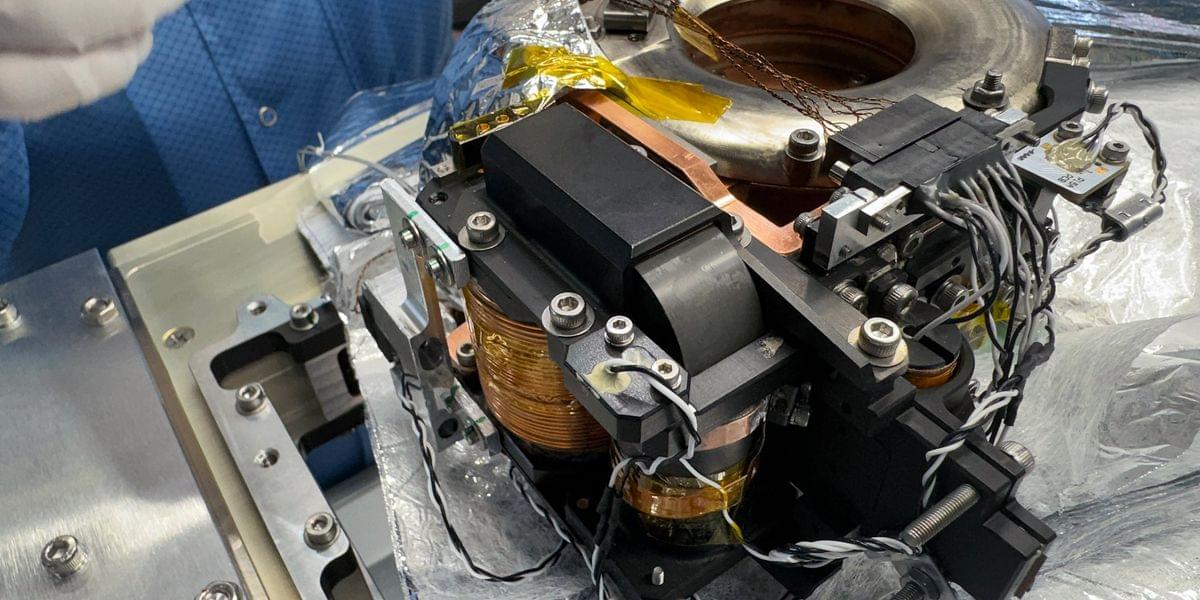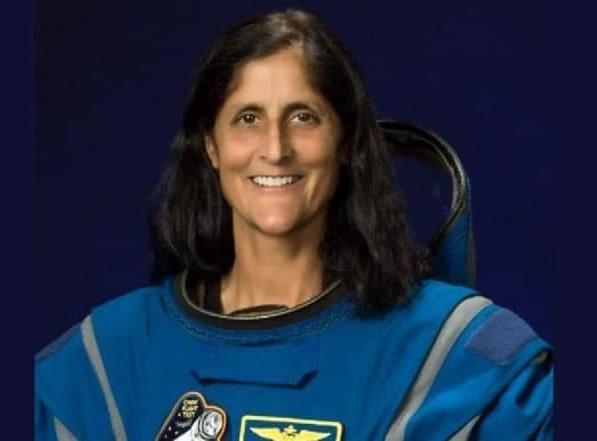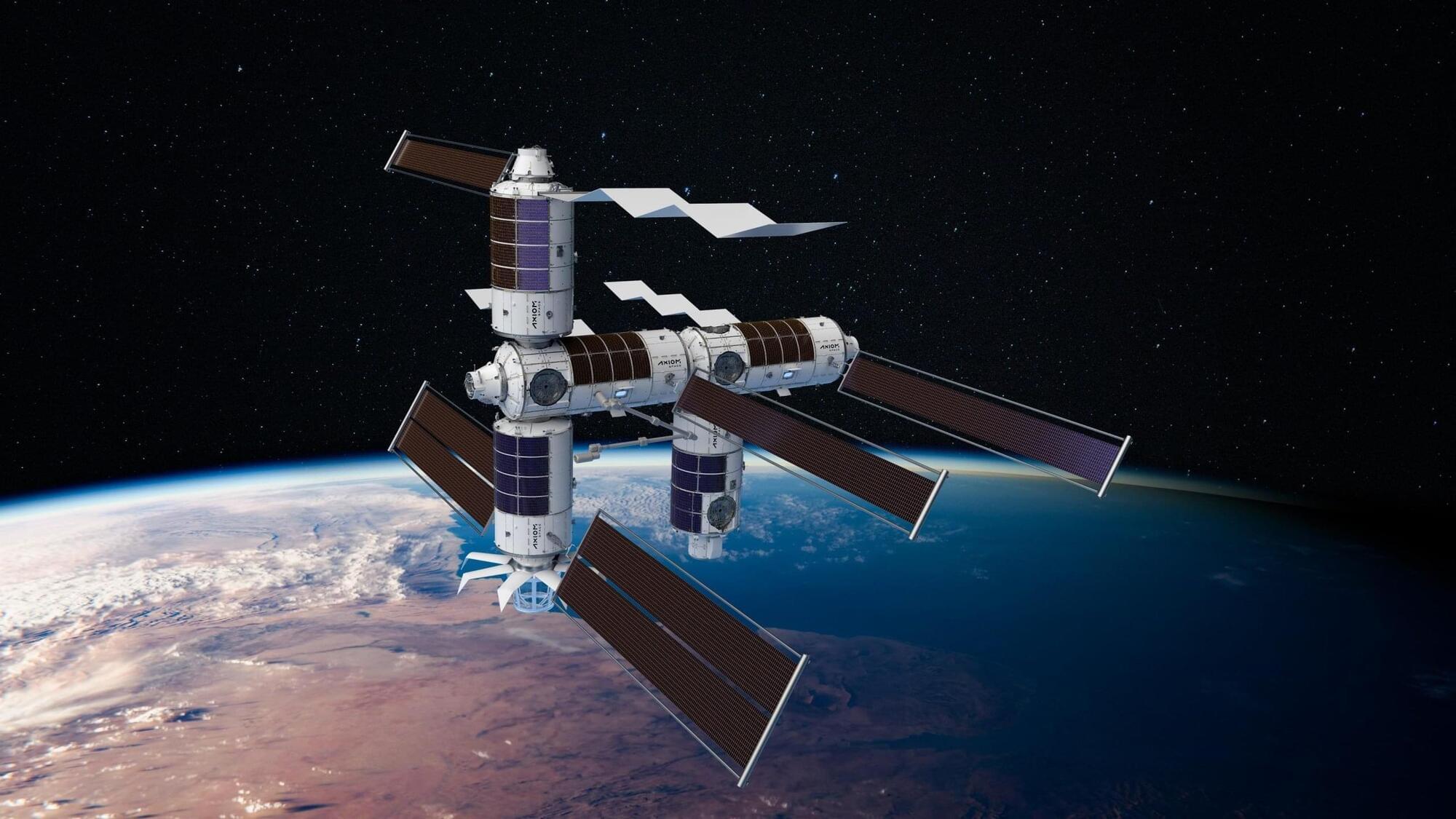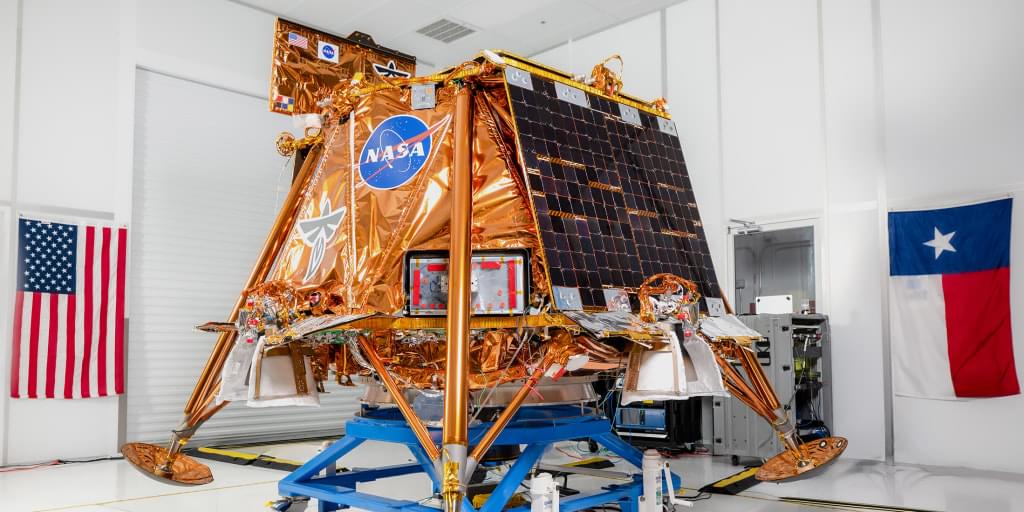Blue Ghost is getting to work after its private moon landing.



In classical electromagnetism, electric and magnetic fields are the fundamental entities responsible for all physical effects. There is a compact formulation of electromagnetism that expresses the fields in terms of another quantity known as the electromagnetic potential, which can have a value everywhere in space. The fields are easily derived theoretically from the potential, but the potential itself was taken to be purely a mathematical device, with no physical meaning.
In quantum mechanics, shifts in the electromagnetic potential alter the description of a charged particle only by shifting its phase—that is, by advancing or retarding the crests and troughs in its quantum wave function. In general, however, such a phase change does not lead to any difference in the measurable properties of a particle.
But in 1959 Yakir Aharonov and David Bohm of the University of Bristol, UK, devised a thought experiment that linked the potential to a measurable result. In their scenario, a beam of electrons is split, with the two halves made to travel around opposite sides of a cylindrical electromagnet, or solenoid. The magnetic field is concentrated inside the solenoid and can be made arbitrarily weak outside by making the cylinder extremely narrow. So Aharonov and Bohm argued that the two electron paths can travel through an essentially field-free region that surrounds the concentrated field within the electromagnet.
The highly anticipated 8th Integrated Flight Test of Starship and Superheavy has arrived! Our live coverage of this historic event will be hosted by Will Robinson-Smith from Spaceflight Now! Please show your support by liking and sharing this stream with your friends and family! Now let’s light this candle!
Support Spaceflight Now! @SpaceflightNowVideo.
If you would like to get involved with our community or learn more about Rockets and Space, please feel free to join our LabPadre Discord server at discord.gg/labpadre.
X: https://twitter.com/LabPadre.
Browse our online store! http://shop.labpadre.com.
Support us on Patreon and get special perks!

Firefly robot spacecraft landed on the Moon! 🤖🌒
Blue ghost’s amazing view of the moon from 62 miles up.
IF THERE ARE COPYRIGHT ISSUES, PLEASE CONTACT: [email protected].
COPYRIGHT DISCLAIMER
7EVEN don’t fully own the material compiled in this video. It belongs to individuals or organizations that deserve respect.
We use under: Copyright disclaimer section 107 of the Copyright Act 1976. “fair use” is allowed for purposes such as criticism, comment, news reporting, teaching, scholarships and research.
#7EVEN @its7EVEN

NASA has confirmed that Sunita Williams and Barry Wilmore will return to Earth in late March 2025 after spending over nine months aboard the ISS. Their return is scheduled to take place once the Crew-10 mission successfully arrives at the space station. Crew-10, carrying four new astronauts, will launch on March 12, 2025, at 7:48 PM EDT and undergo a week-long handover process before Williams and Wilmore begin their journey back. The decision to return them aboard a SpaceX Crew Dragon capsule was made due to ongoing technical issues with Boeing’s Starliner. NASA has assured that all necessary preparations are in place to facilitate a safe return. Sunita Williams Health Update: NASA Astronaut’s Mother Bonnie Pandya Dismisses Health Concerns Surrounding Her Daughter, Says ‘Space Is As Safe as Anywhere Else’ (Watch Video).
Williams and Wilmore’s return capsule, the SpaceX Crew Dragon, will follow a carefully planned re-entry trajectory before making a splashdown in designated waters. NASA has shortlisted landing sites in the Atlantic Ocean and the Gulf of Mexico, with the final decision depending on weather and oceanic conditions at the time of descent. SpaceX recovery teams will be stationed near the landing zone, ready to retrieve the capsule and transport the astronauts back to shore. After landing, Williams and Wilmore will undergo a thorough medical assessment before heading to NASA’s facilities for debriefing.
Sunita Williams’ return to Earth marks the end of an unexpectedly extended mission that was originally planned for just ten days but stretched to over nine months. The delay was primarily due to technical issues with Boeing’s Starliner, which faced multiple failures, including propulsion system malfunctions and propellant leaks. NASA, prioritising astronaut safety, decided to postpone their return until a reliable alternative was arranged.

Axiom Space, in collaboration with NASA
NASA, the National Aeronautics and Space Administration, is the United States government agency responsible for the nation’s civilian space program and for aeronautics and aerospace research. Established in 1958 by the National Aeronautics and Space Act, NASA has led the U.S. in space exploration efforts, including the Apollo moon-landing missions, the Skylab space station, and the Space Shuttle program.
Discover the groundbreaking physics behind skyhooks, rotovators, and space ladders, and how they could revolutionize space travel in the near future.
Watch my exclusive video The End of Science https://nebula.tv/videos/isaacarthur–…
Get Nebula using my link for 40% off an annual subscription: https://go.nebula.tv/isaacarthur.
Get a Lifetime Membership to Nebula for only $300: https://go.nebula.tv/lifetime?ref=isa…
Use the link gift.nebula.tv/isaacarthur to give a year of Nebula to a friend for just $30.
Visit our Website: http://www.isaacarthur.net.
Join Nebula: https://go.nebula.tv/isaacarthur.
Support us on Patreon: / isaacarthur.
Support us on Subscribestar: https://www.subscribestar.com/isaac-a…
Facebook Group: / 1583992725237264
Reddit: / isaacarthur.
Twitter: / isaac_a_arthur on Twitter and RT our future content.
SFIA Discord Server: / discord.
Credits:
Skyhooks, Rotovators & Space Ladders.
Episode 488b; March 2, 2025
Written, Produced & Narrated by: Isaac Arthur.
Graphics: Jarred Eagley, Katie Byrne, Phil Swan, Sergio Botero.
Select imagery/video supplied by Getty Images.
Music Courtesy of Epidemic Sound http://epidemicsound.com/creator.
Phase Shift, \
Firefly Aerospace’s Blue Ghost lunar lander is set to make history as it targets a March 2 lunar landing near Mare Crisium, a vast plain on the Moon’s near side. Carrying NASA’s cutting-edge science and technology, this mission marks another crucial step in humanity’s return to the Moon under the Artemis program. As part of NASA’s CLPS initiative, Blue Ghost’s success will pave the way for future lunar and Martian exploration.
Mission Overview: Blue Ghost’s Lunar Delivery.
Launched aboard a SpaceX Falcon 9 on January 15, Blue Ghost carries 10 NASA payloads designed to investigate the Moon’s environment and test new technologies for future missions. These experiments will provide critical data on lunar surface conditions, radiation levels, thermal properties, and advanced landing systems—all essential for upcoming crewed missions.
Live Landing Coverage & Key Moments.
The landing event, hosted by NASA and Firefly Aerospace, will be streamed live on NASA+ and Firefly’s YouTube channel starting at 2:20 a.m. EST on March 2, roughly 75 minutes before touchdown. The stream will cover the final descent, landing confirmation, and initial mission updates. A post-landing press conference will follow, where experts will discuss the mission’s success and upcoming science operations on the lunar surface.
Why This Mission Matters.
Blue Ghost is a key part of NASA’s Commercial Lunar Payload Services (CLPS) program, which enables private companies to deliver science and technology to the Moon. These robotic landings will support Artemis astronauts, testing vital systems for future long-term lunar habitation and, ultimately, crewed missions to Mars. NASA’s collaboration with companies like Firefly Aerospace ensures rapid progress in space exploration, resource utilization, and sustainable lunar development.
The Future of Lunar Exploration.
With CLPS contracts valued at $2.6 billion through 2028, NASA is committed to building a strong commercial space ecosystem. The $101.5 million contract awarded to Firefly for this mission underscores the agency’s dedication to fostering innovative, cost-effective lunar transportation solutions. Future missions will refine navigation, in-situ resource utilization, and long-duration surface operations, bringing us closer to a permanent human presence beyond Earth.
🚀 Subscribe to Space Googlevesaire! 🚀

A privately built spacecraft is hours from attempting to land on the moon, a feat that only one other company has accomplished in spaceflight history.
The robotic lander, dubbed Blue Ghost, has been in orbit around the moon for roughly two weeks, preparing for its daring descent. Texas-based company Firefly Aerospace developed the spacecraft, which aims to touch down on the lunar surface early Sunday at around 3:34 a.m. ET.
If all goes according to plan, Blue Ghost will become the second privately built vehicle to land on the moon successfully. In February 2024, another Texas-based company, Intuitive Machines, made history when its Odysseus lander pulled off a nail-biting touchdown near the moon’s south pole.